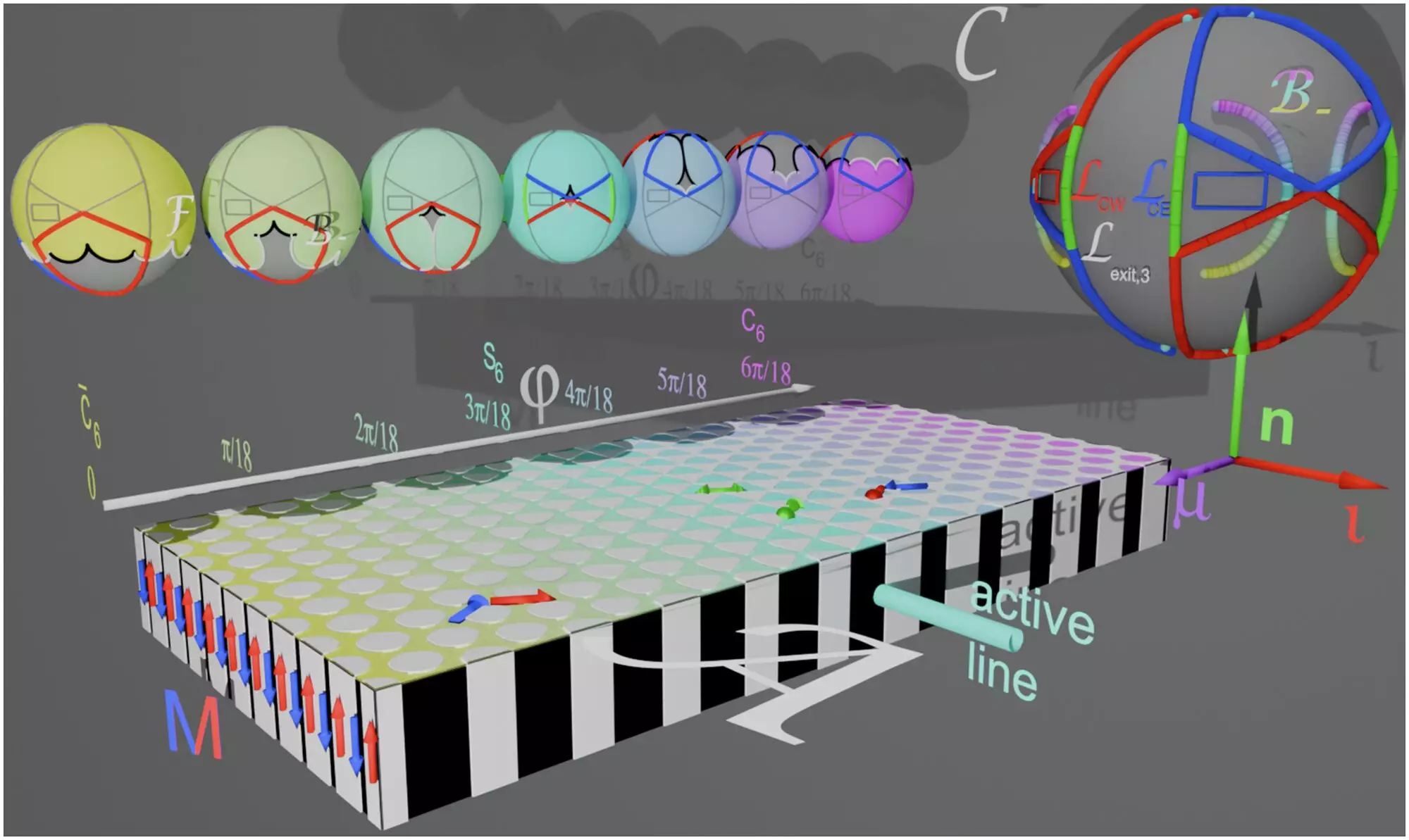In an exciting advance from the University of Bayreuth, scientists have crafted a novel technique to control the growth of microscopic structures known as bipedal runners. By leveraging external magnetic fields, they can orchestrate the assembly of paramagnetic colloidal spheres into elongated formations that mimic subtle yet purposeful movements. These developments signal a transformative step forward in the realm of microscopic engineering and robotics, opening avenues for applications that could redefine various scientific fields, including medicine and materials science.
The Science Behind Magnetic Manipulation
At the core of this innovation is the unique property of paramagnetic colloidal spheres, which do not exhibit magnetism inherently but respond dynamically to external magnetic stimuli. This characteristic allows researchers to ‘program’ these particles to take on specific shapes and behaviors. Using targeted magnetic fields, they can arrange these colloidal materials into defined rods of varying lengths. This manipulation is not merely random; instead, it’s a calculated orchestration where each microscopic element is guided through a distinctive sequence, resulting in precisely controlled bipedal constructs that ‘know’ when to spring into action as soon as they reach maturity.
The Biped Factory Concept
The team, comprising researchers like Jonas Elschner and Prof. Dr. Daniel de las Heras, has ingeniously established what can be described as a “biped factory”. The concept immerses the processes of creation and motion into a single system, drastically reducing the need for constant human oversight once the structures are set into motion. Each microsphere connects through magnetic forces, forming bipeds that operate independently once fully formed. This marks a fundamental shift in how we understand the relationship between microscopic entities and their ability to perform complex tasks autonomously.
A Breakthrough in Autonomous Movement
What sets these bipeds apart from existing technologies is their autonomy. Upon reaching the desired size, these figures begin their locomotion without any further interference required. The attraction here is apparent: microscale robots that can adaptively move towards predetermined targets could find applications in drug delivery systems, environmental monitoring, or even pinpoint precision tasks in intricate assembly processes. The implications of this autonomy are vast, simplifying possible deployment and harnessing these microscopic runners for a multitude of pioneering uses.
Collaborative Innovation Across Borders
The journey toward this breakthrough was not an isolated endeavor; it emerged from fruitful collaborations between the University of Bayreuth, the University of Kassel, and the Polish Academy of Sciences. Combining expertise from different academic communities, the research underscores the value of collaborative innovation in pushing scientific boundaries. By pooling resources and knowledge, these institutions have laid a foundation that can inspire further research aimed at enhancing robotic movement at the micro level, potentially ushering in a new era of automated systems.
This pioneering work not only exemplifies the capabilities of contemporary physics and materials science but also serves as a reminder of the endless possibilities that await in the uncharted territories of micro-robotics. The collaboration and breakthroughs we witness today might just be the first steps towards a future where microscopic creatures designed by humans seamlessly integrate into real-world applications that significantly enhance our lives.


Leave a Reply